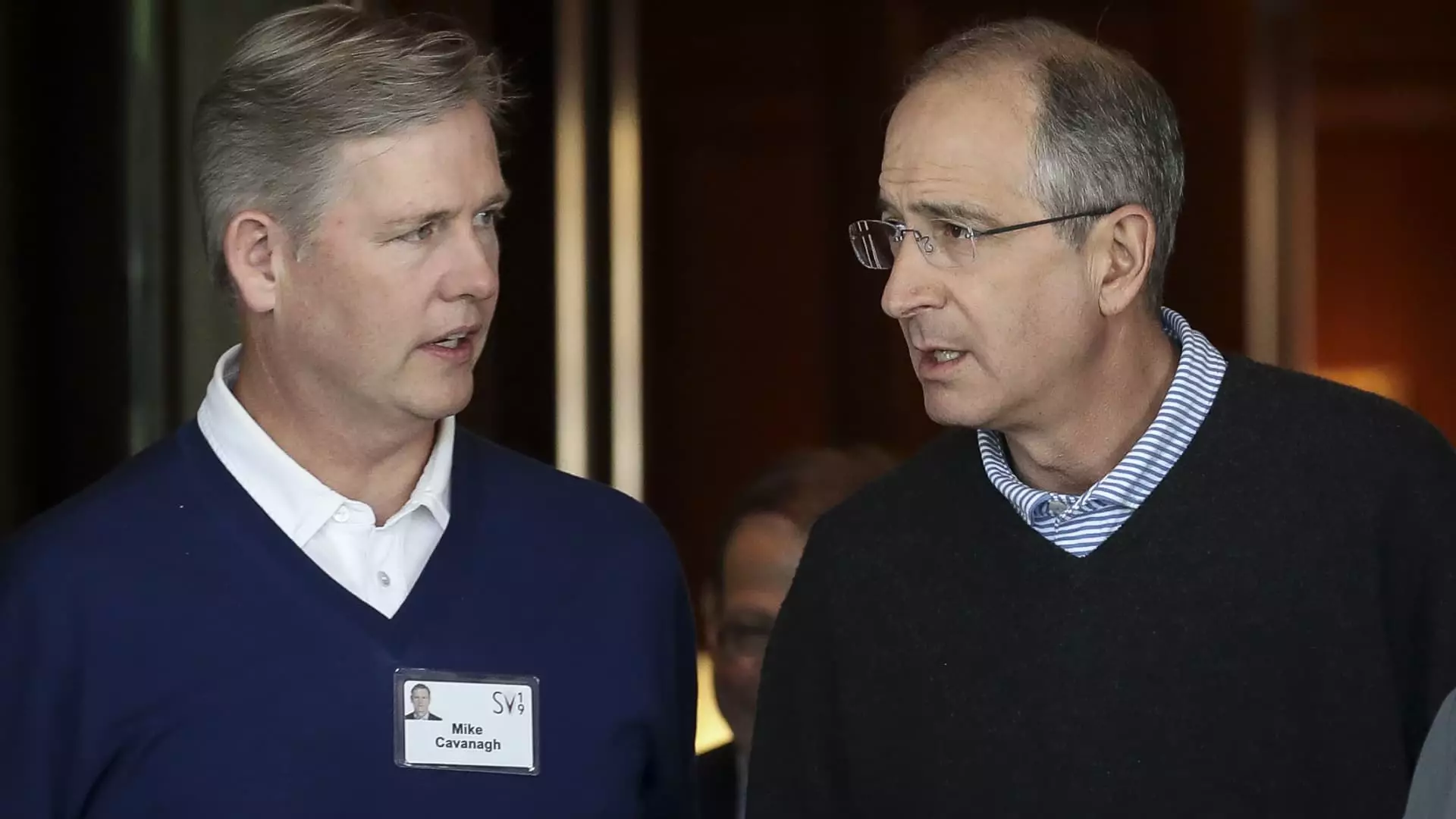Comcast, a titan in the media landscape, is contemplating a pivotal change in its operations by potentially separating its cable networks into a distinct entity. President Mike Cavanagh announced this during the company’s third-quarter earnings call, highlighting the necessity to adapt and innovate within a shifting media environment. As traditional pay TV loses subscribers—an industry trend that has continued unabated—Comcast is positioning itself to navigate these tumultuous waters by considering avenues that might ensure stability and profitability.
The rationale behind Comcast’s exploration of a cable network separation stems from the alarming trend of customer attrition within the pay TV sector. The company reported a loss of 365,000 cable TV subscribers just in the last quarter. This is part of a broader phenomenon, with an astonishing reported loss of 4 million traditional pay TV subscribers across the industry within the first half of the year, marking a watershed moment for media consumption. Analysts have noted that these trends are reflective of consumers’ shift towards digital streaming services, pushing Comcast to reassess its business model.
Furthermore, Cavanagh confirmed that the potential restructuring would not encompass the broadcast network NBC or the streaming service Peacock, both of which hold significant value for the company. The focus appears to be on a new entity built around cable networks like Bravo and USA Network, which would remain independent from the NBCUniversal portfolio. The emphasis on Peacock’s growth is evident, especially after it was able to capture audience attention by exclusively broadcasting the Summer Olympics. This move signals Comcast’s commitment to diversifying its reach and aligning more closely with current consumer preferences.
Indeed, Comcast is not alone in grappling with this wave of transition. Companies like Warner Bros. Discovery have also felt the impact, as seen when they reported a staggering $9.1 billion write-down of their TV networks—a reflection of broader systemic challenges affecting legacy media businesses. Cavanagh’s acknowledgment of the need for a strategic pivot underlines the urgency among legacy media players to reassess their roles in today’s dynamic environment.
While Cavanagh indicated that Comcast is keeping options open, particularly regarding potential streaming partnerships, he emphasized that the complexity of these contracts means that clear plans are not yet established. As the landscape continues to evolve, Comcast is certainly looking to stay ahead of the curve, with a focus on adaptability and resilience.
Comcast’s contemplation of separating its cable networks reflects both the pressures of evolving media consumption patterns and the need to optimize its assets for future growth. The company’s ability to navigate this shift while considering both streaming innovations and traditional cable offerings will be critical in determining its success in a rapidly changing market.

